|
 Montana State Capitol Campus Historic District - Helena, MT Posted by:  T0SHEA T0SHEA
N 46° 35.200 W 112° 01.107
12T E 421976 N 5159737
Ground was broken in 1899 for Montana's grand capitol building and construction in the capitol campus has continued, off and on, ever since.
Waymark Code: WMWKNF
Location: Montana, United States
Date Posted: 09/16/2017
Views: 4
One of the, if not THE, newest historic districts in the state, the Montana State Capitol Campus Historic District was entered in the register on February 23, 2016. Its 60 acre campus encompasses 15 contributing buildings, 3 of which are individually listed, 3 contributing sites and 9 contributing objects.
Its long period of significance begins in 1895, when the state purchased the Capitol Grounds on Helena's eastside, and ends in 1982 with the completion of a planned construction cycle. The ending date extends past the typical 50 years from the present to include events of exceptional significance to the state of Montana, including passage of the transformative Executive Reorganization Act in 1971 and the adoption of a new state constitution in 1972.
The last construction associated with the 1972 master plan occurred in 1982. Because these resources represent the larger vision, and are the physical evidence of the 1972 master plan, the period of significance extends to 1982.
From the National Parks
The centerpiece of the campus, naturally enough, is the capitol building, the cornerstone for which was laid in 1899, dedication taking place in 1902 and complementary wings added in 1909. In 1910 the small Capitol Annex was built, initially serving as the legislative restaurant. Other buildings were added to the campus to house the offices of various government departments, all of which were housed in the capitol building until construction of the first auxiliary building, the Livestock Building, in 1918 and the Board of Health Building in 1919-1920. Following these were the Montana Highway Department Building in 1936, the Veterans & Pioneers Memorial Building in 1950-1952 and the State Laboratory Building in 1954-1955. Many more were added, the most recent contributing building being the Justice Building & Montana State Library, built in 1980-1982. Since that time, only one building, the non-contributing Department of Natural Resources & Conservation Building, built in 1983-1985, has added to the campus streetscape.
Contributing objects include several memorials, living trees and the statue atop the capitol dome, named Montana.
MONTANA STATE CAPITOL CAMPUS HISTORIC DISTRICT
Montana's governmental landscape is an evolving political and cultural expression with deep roots. The seeds of the capital city were planted with local gold discoveries in 1864. Helena became territorial capital in 1875. Upon statehood in 1889, the county courthouse became Montana's first capitol. Voters chose Helena as permanent state capital in 1894. Efforts to build a grand capitol building began immediately. "Capitol Hill" was originally planned on the site of present-day Carroll College, but the owner wanted $10,000 for his land, and the new state lacked funds. East side booster Peter Winne offered to pay the state $4,000 to choose this site, knowing that it would spur expansion. The state took Winne's offer. Fields surrounded the neighborhood when officials broke ground in 1899. From 1902 to 1920, smaller revival style buildings, including the 1909 Capitol wings, illustrate minimal expansion. Larger "stripped classical" style buildings underscore Depression-era growth. The Late Modern architectural styles to the east illustrate a new emphasis on campus planning. Today, the 1902 Montana State Capitol is the centerpiece of the sixty-acre campus, whose grounds and buildings mirror the state's development. Monuments include granite tablets, living trees, and metal sculptures commemorating groups such as the Montana Veterans and the Montana National Guard. Individual tributes include the 1905 equestrian statue of Irish hero Thomas Francis Meagher and a memorial to Governor Donald G. Nutter, killed in a plane crash in 1962. The campus remains the heart of state government, as well as a testament to Montana's history and people.
From the NRHP plaque on the grounds
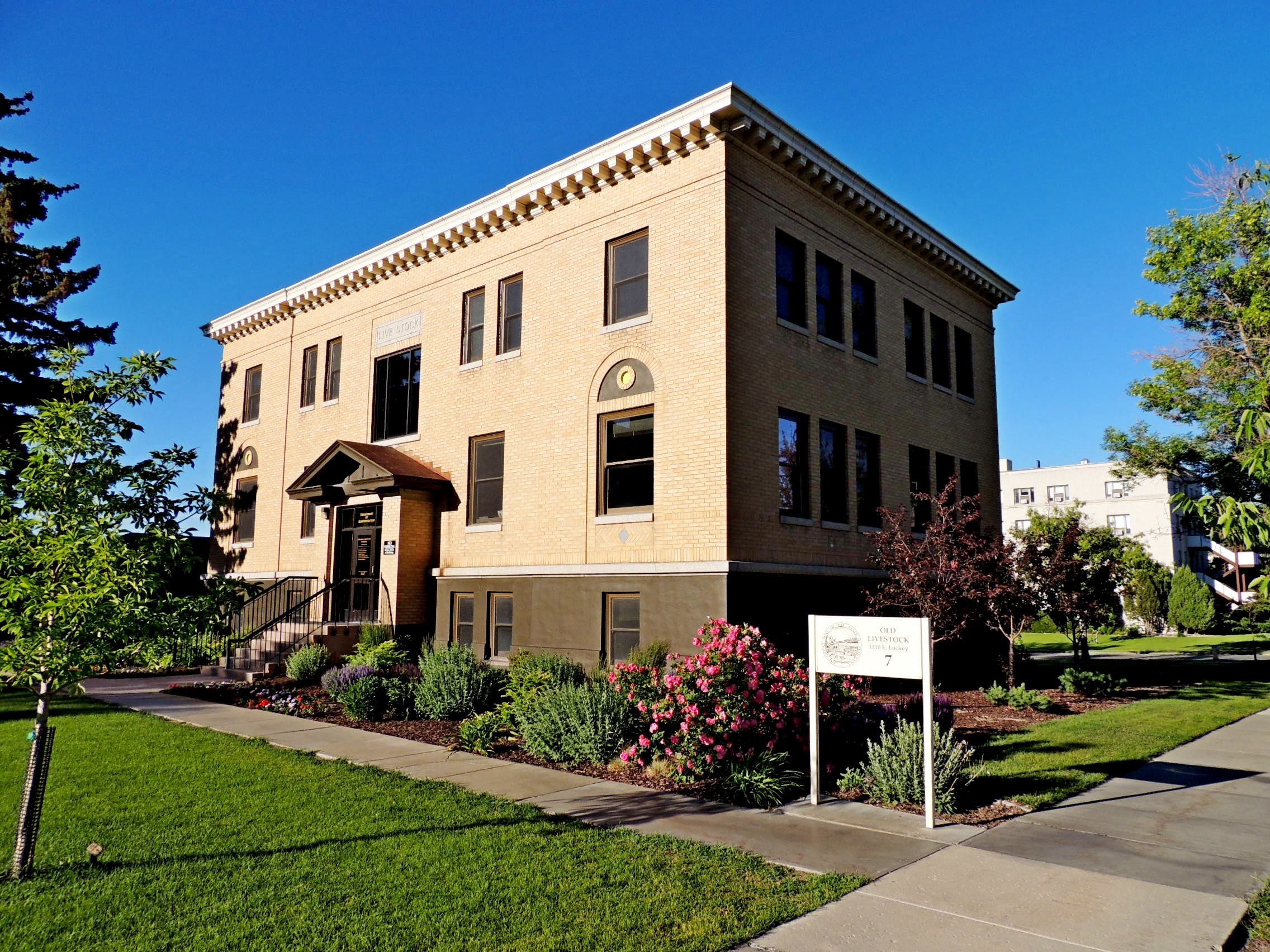
|
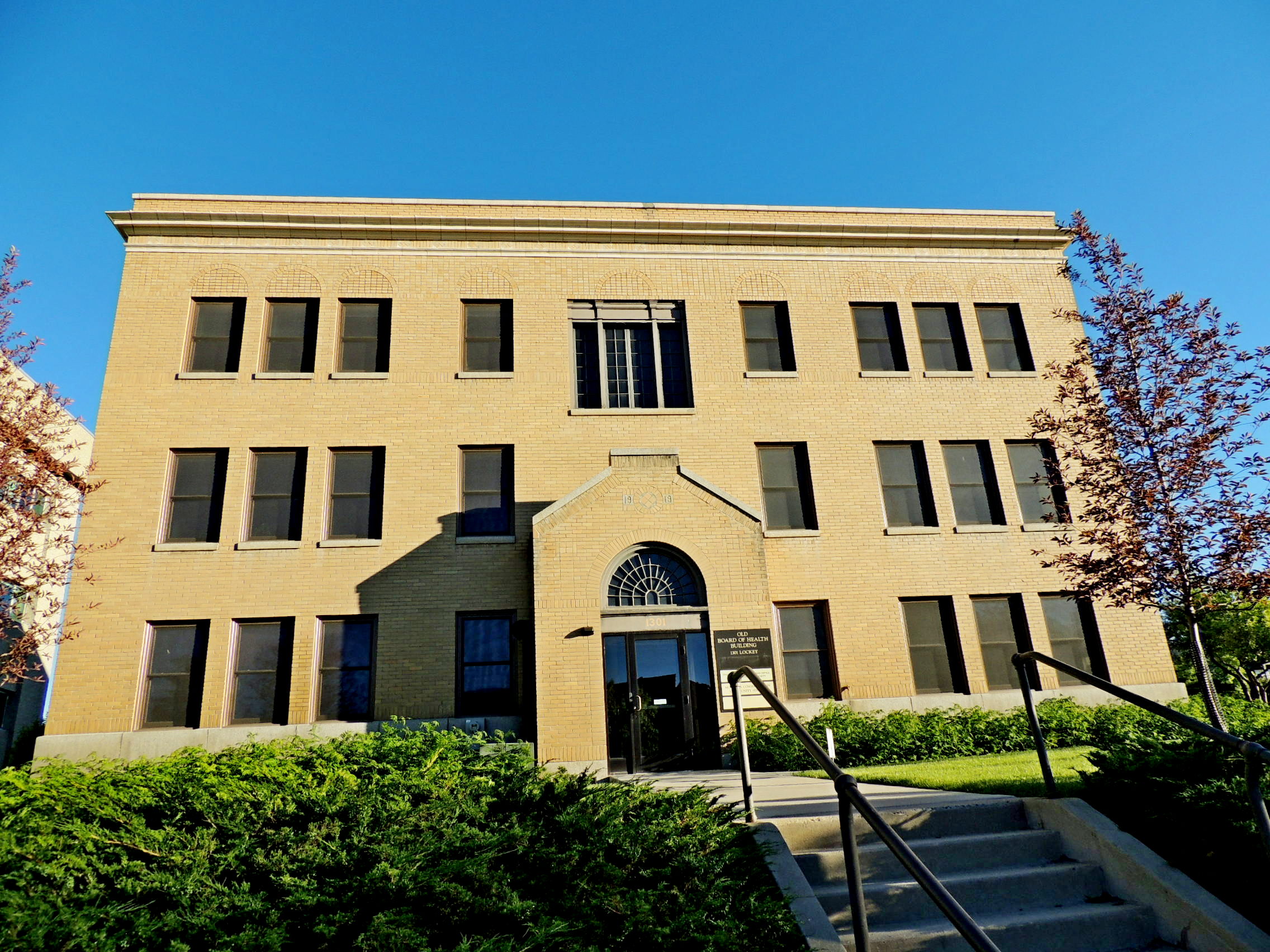
| |
Old Livestock Building |
Old Board of Health Building |
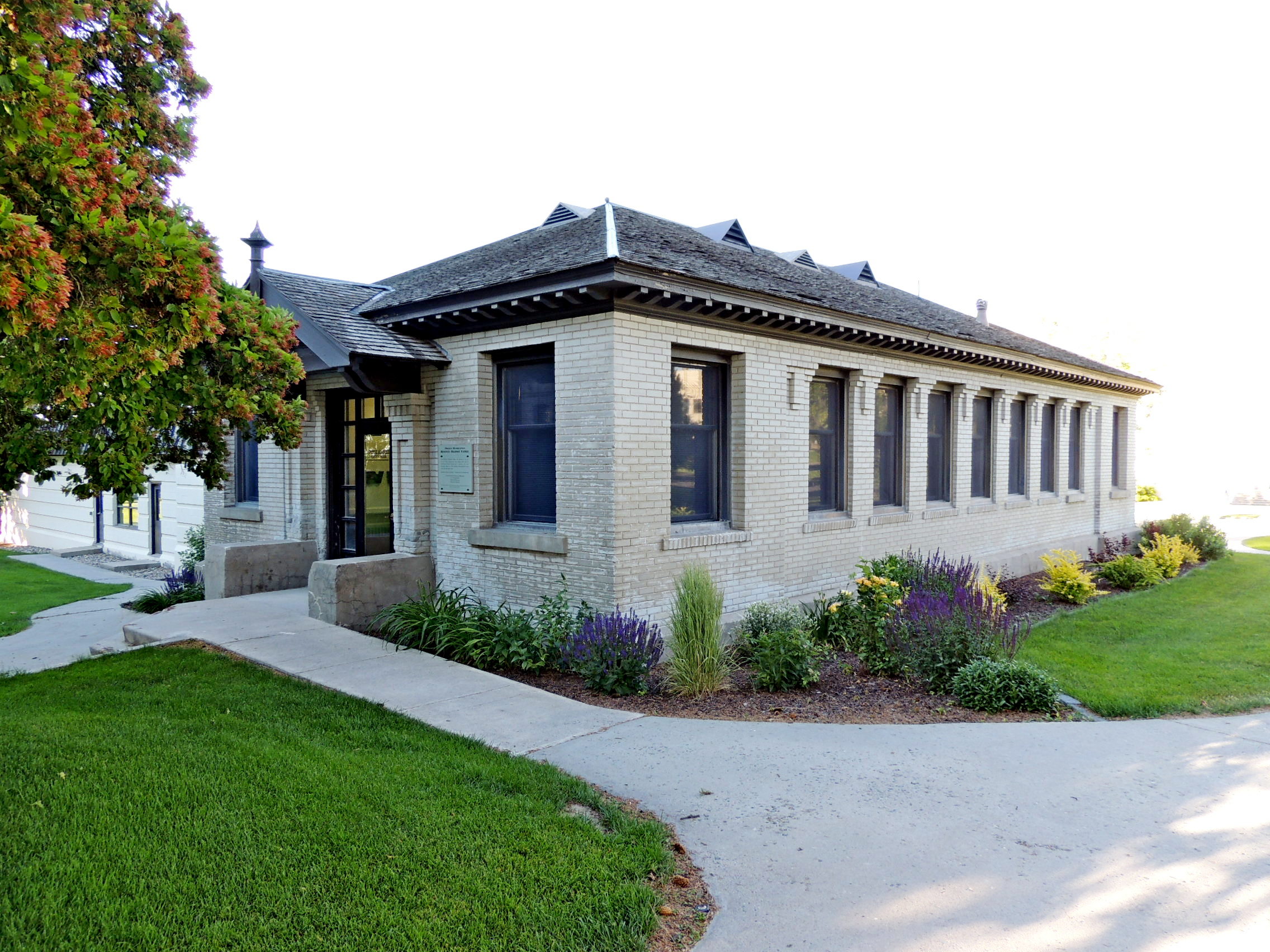
|
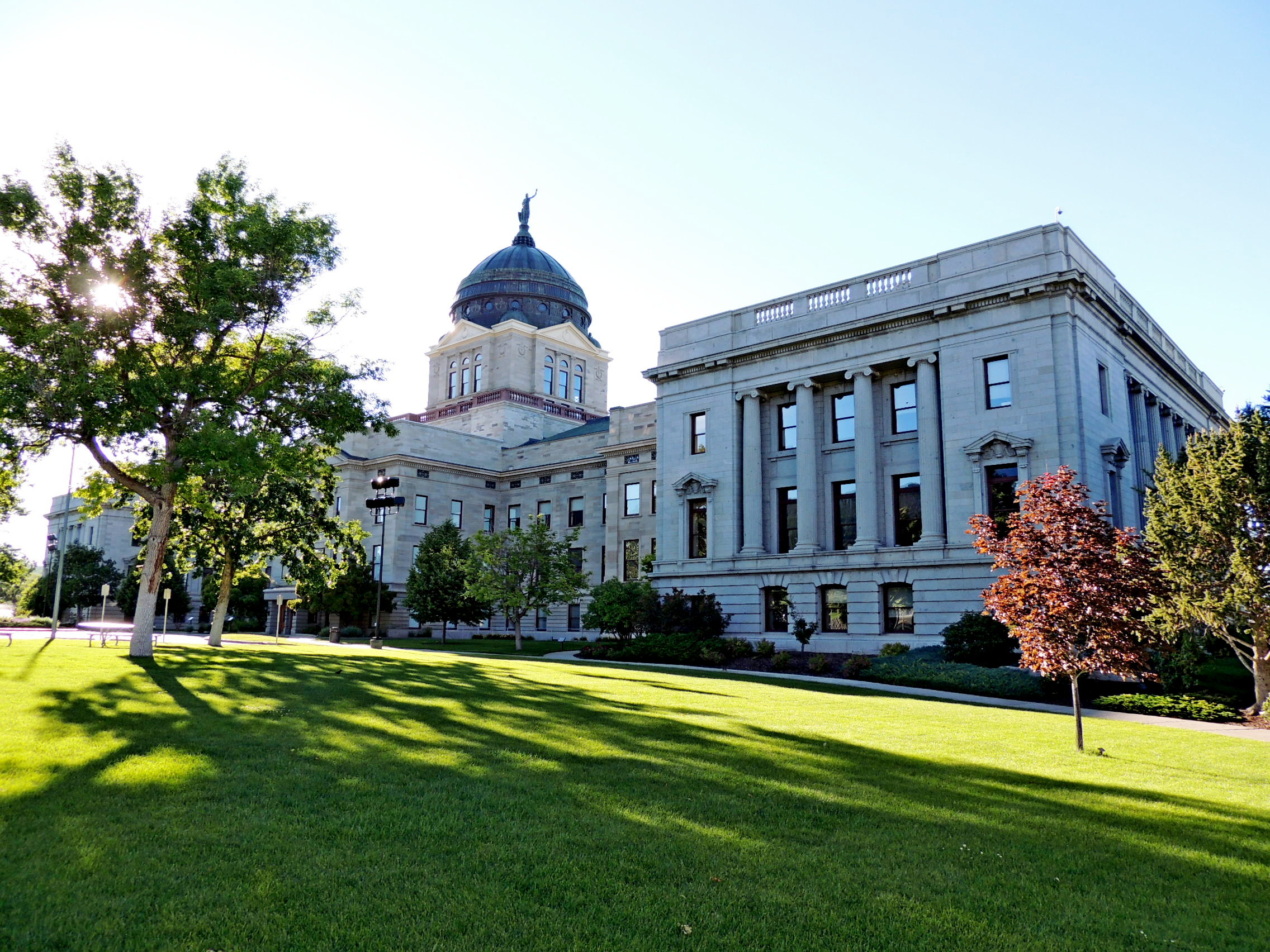
| |
Capitol Annex |
Capitol Building |
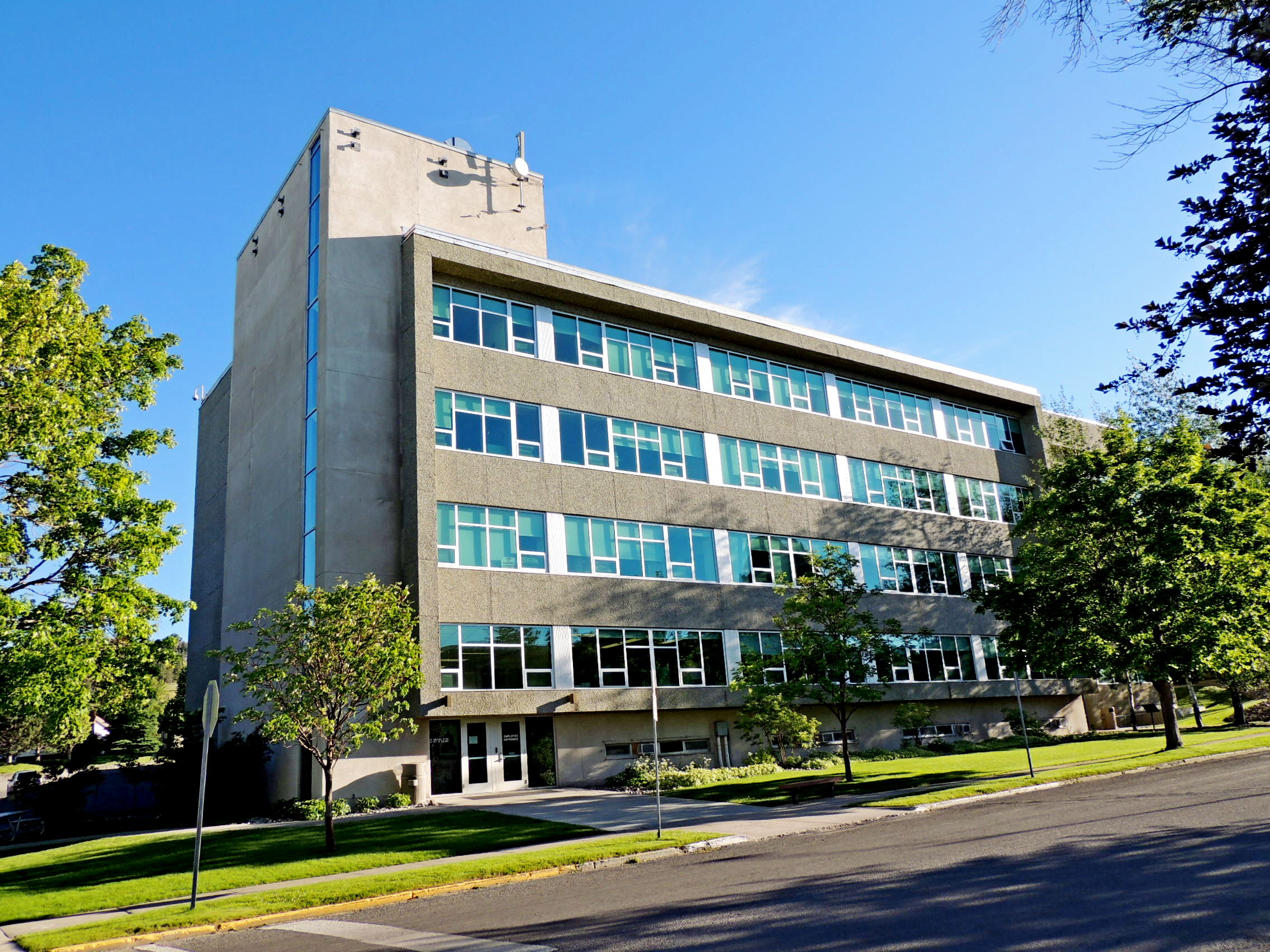
|
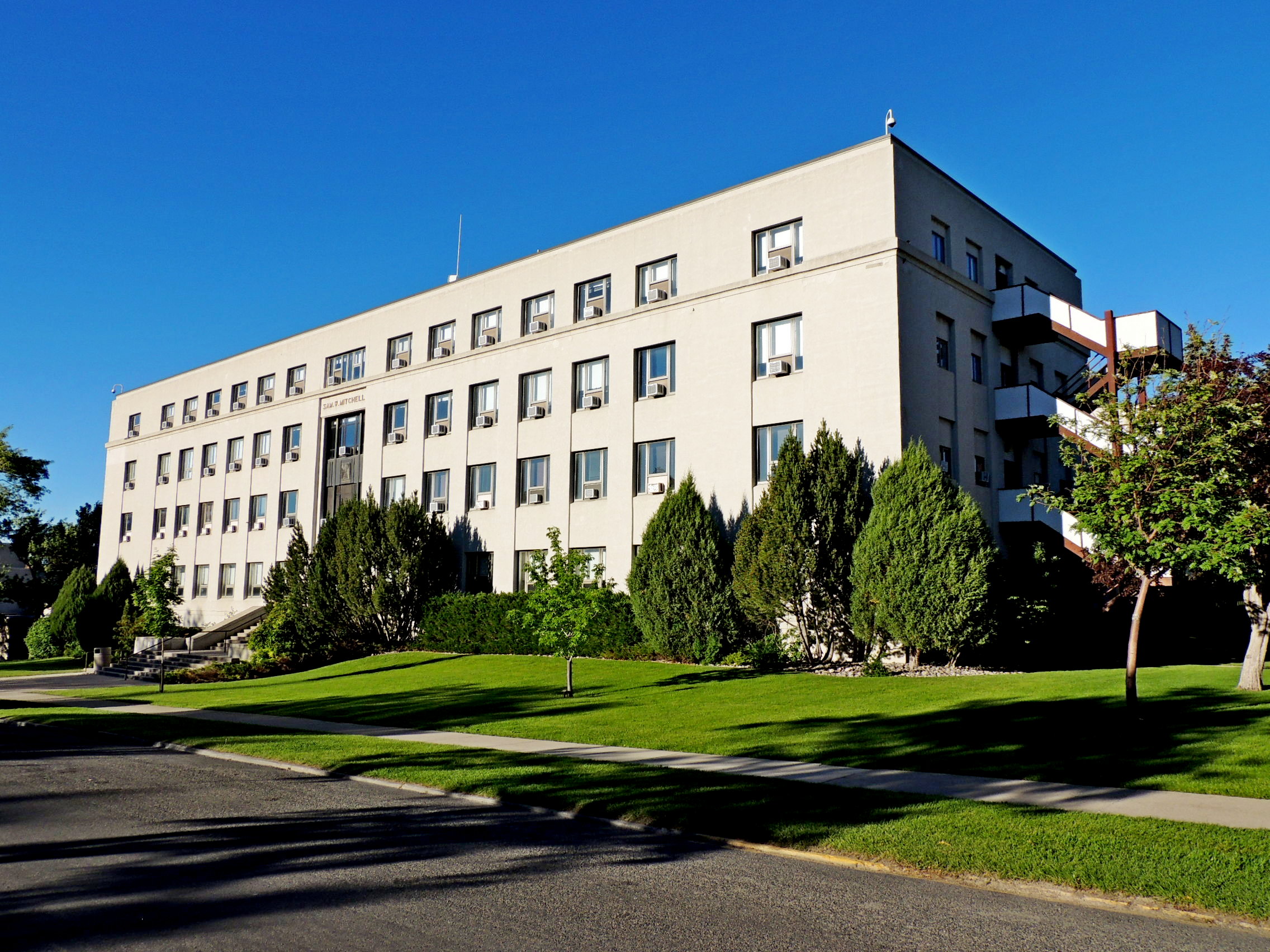
| |
Sullivan Building |
Mitchell Building |
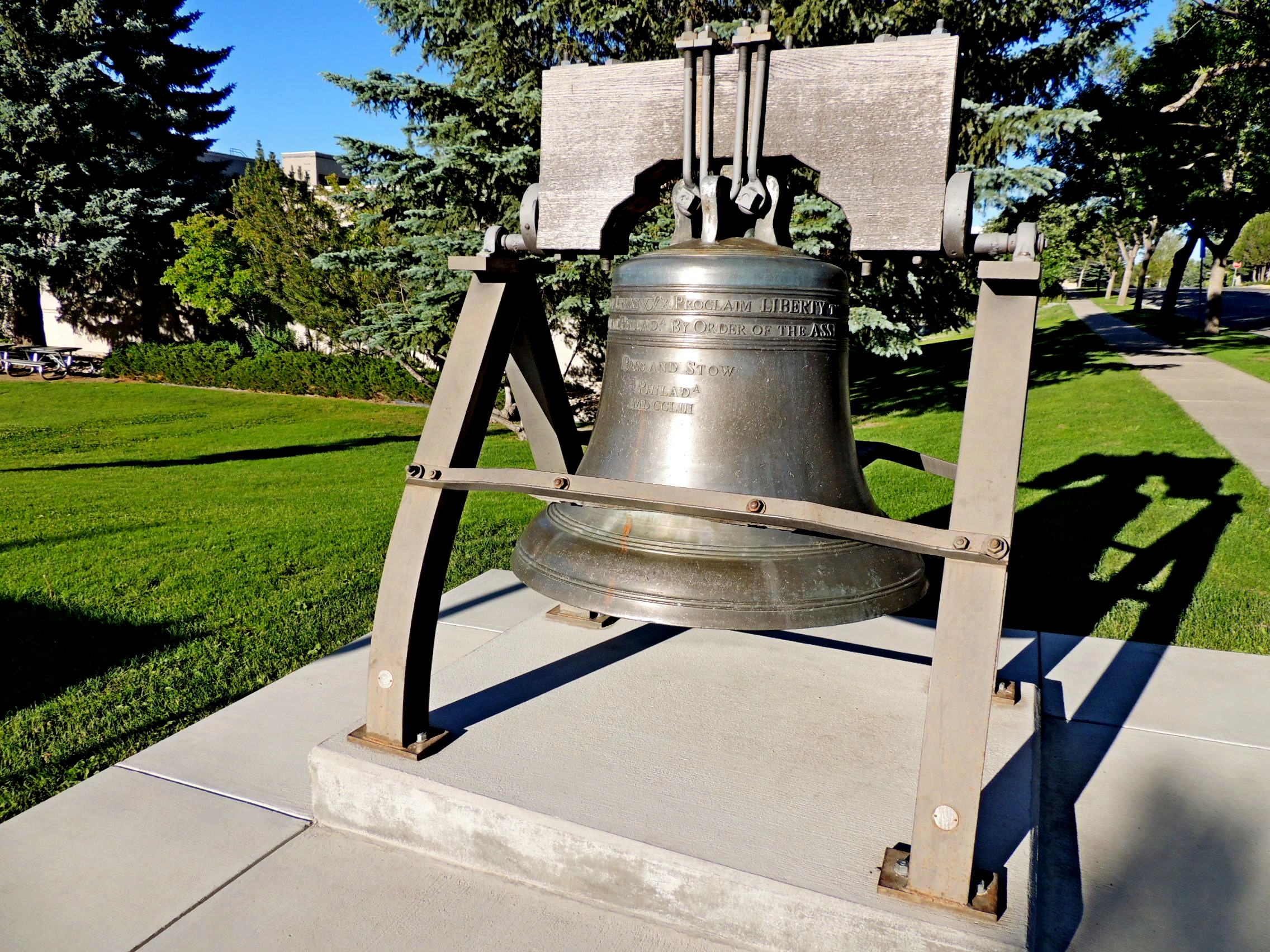
|
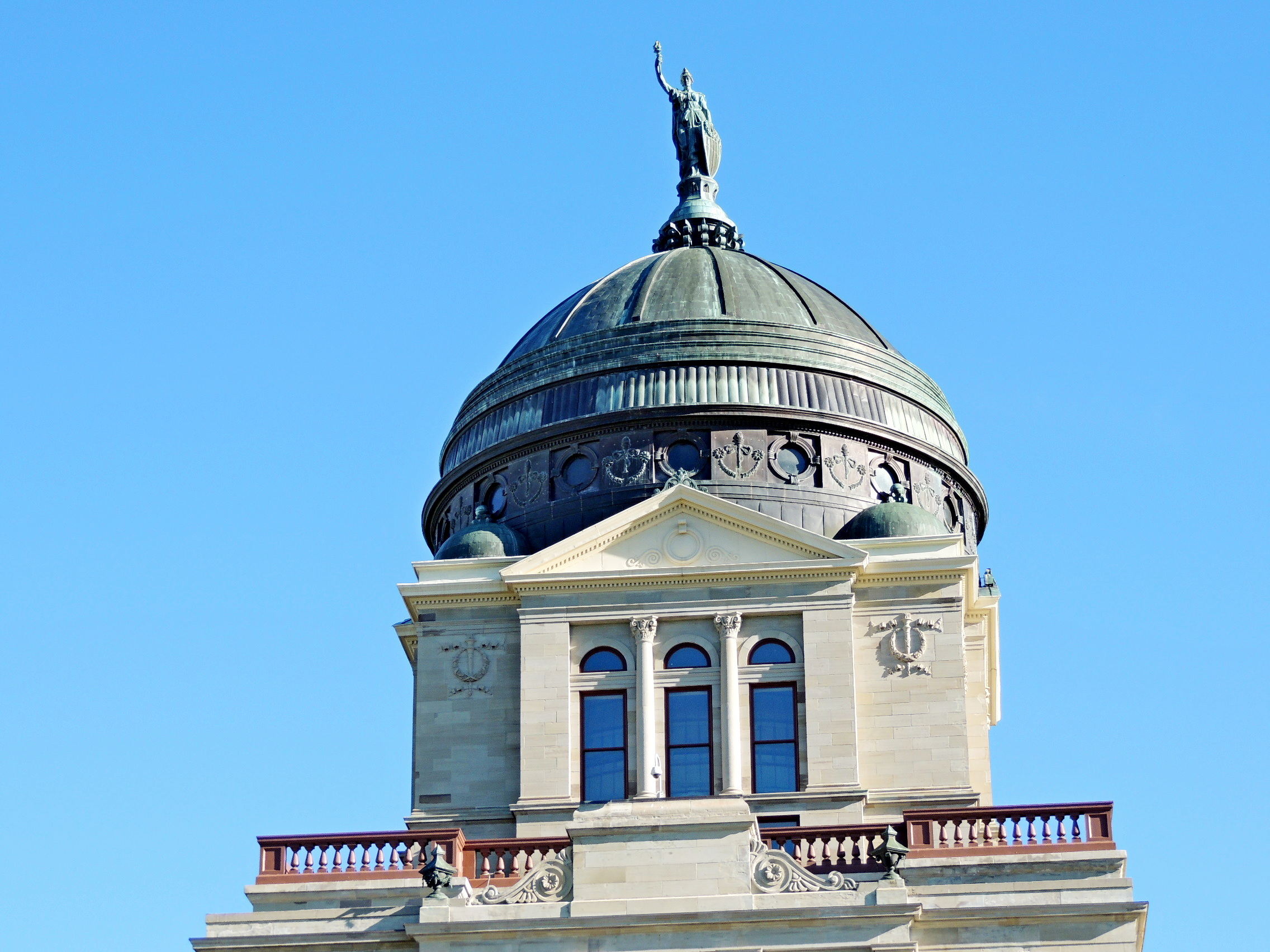
| |
Liberty Bell |
"Montana" |
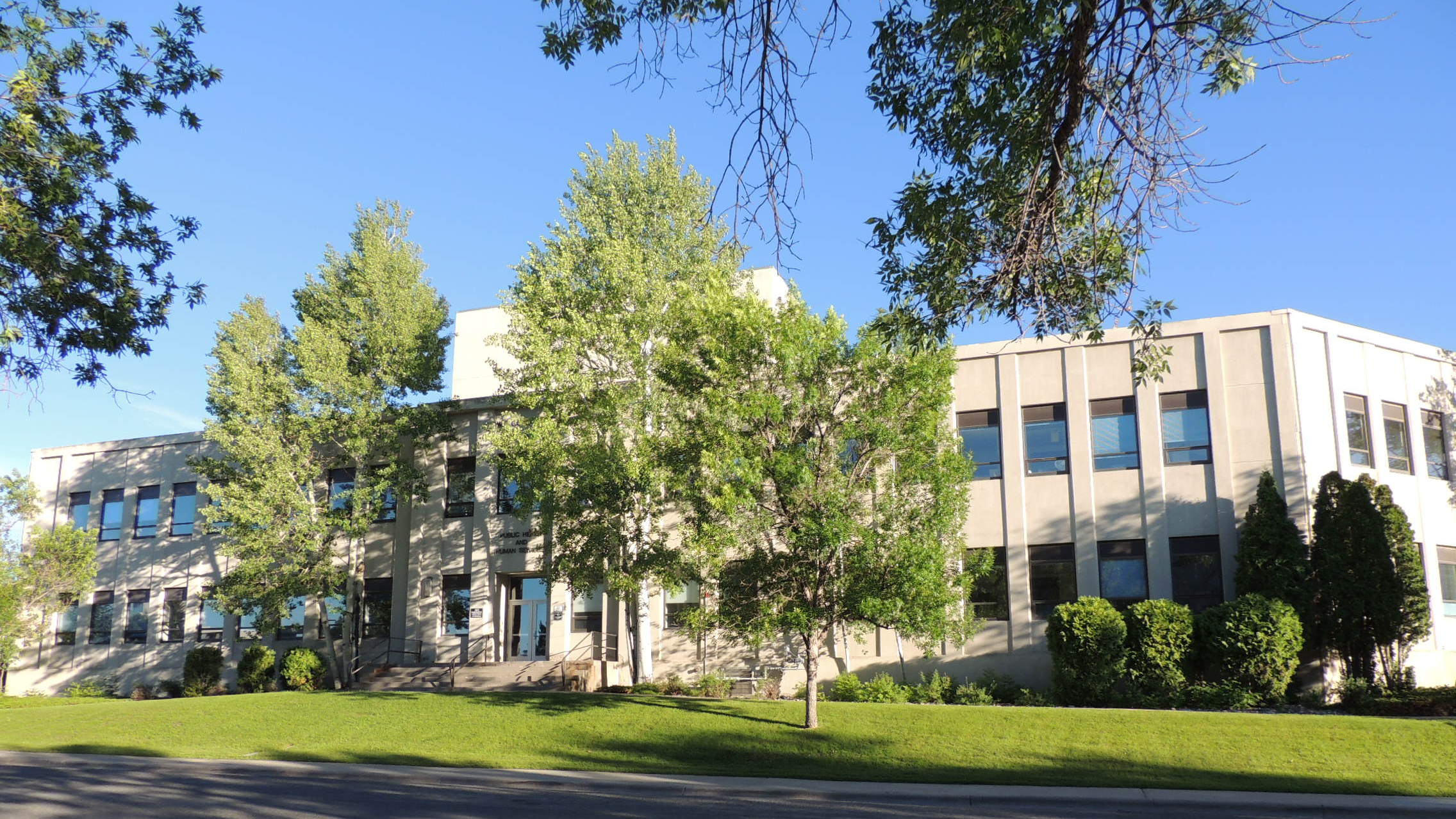
|
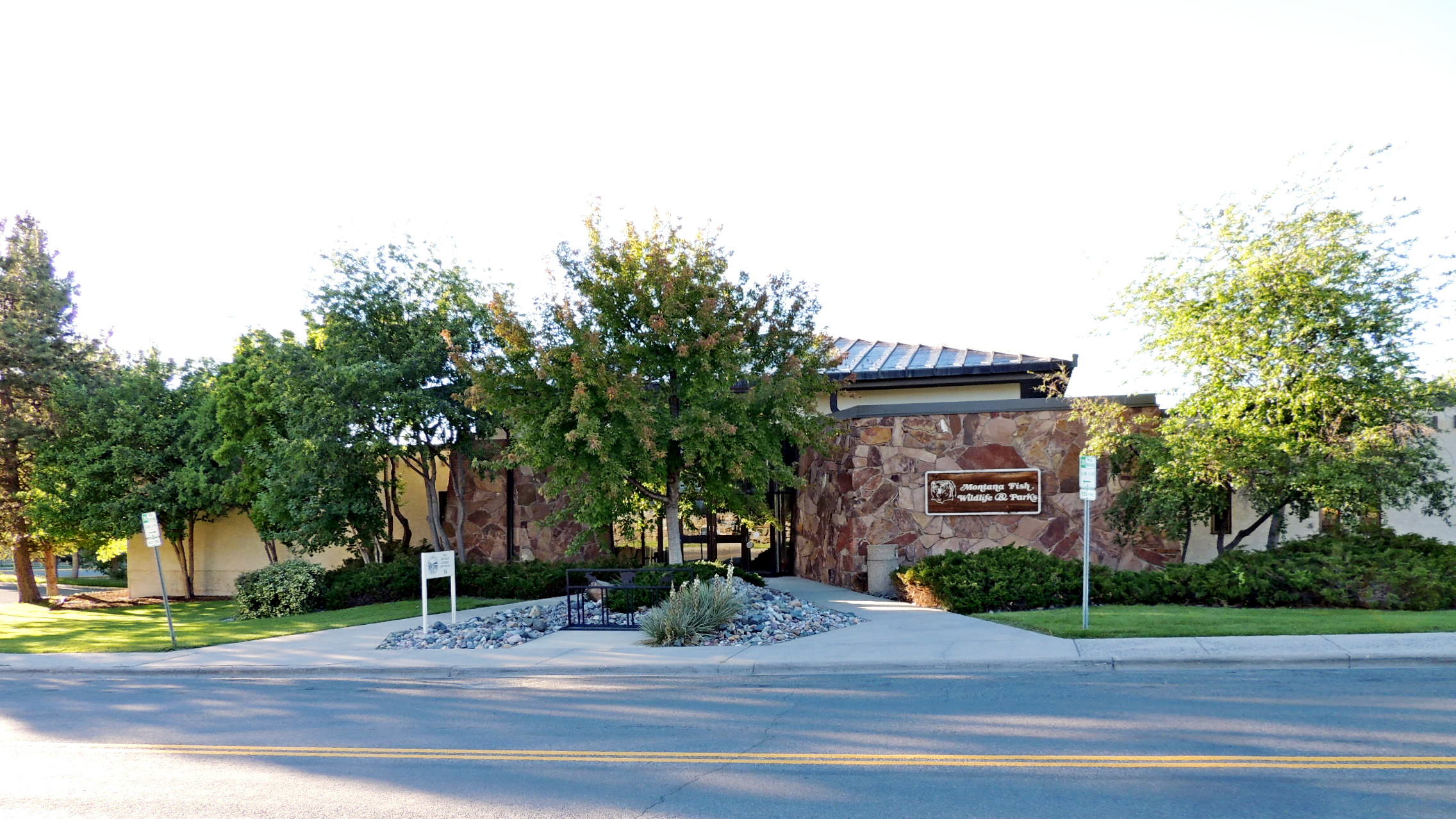
| |
Cogswell Building |
Fish & Wildlife Building |

|

| |
Scott Hart Building |
New Livestock Building |
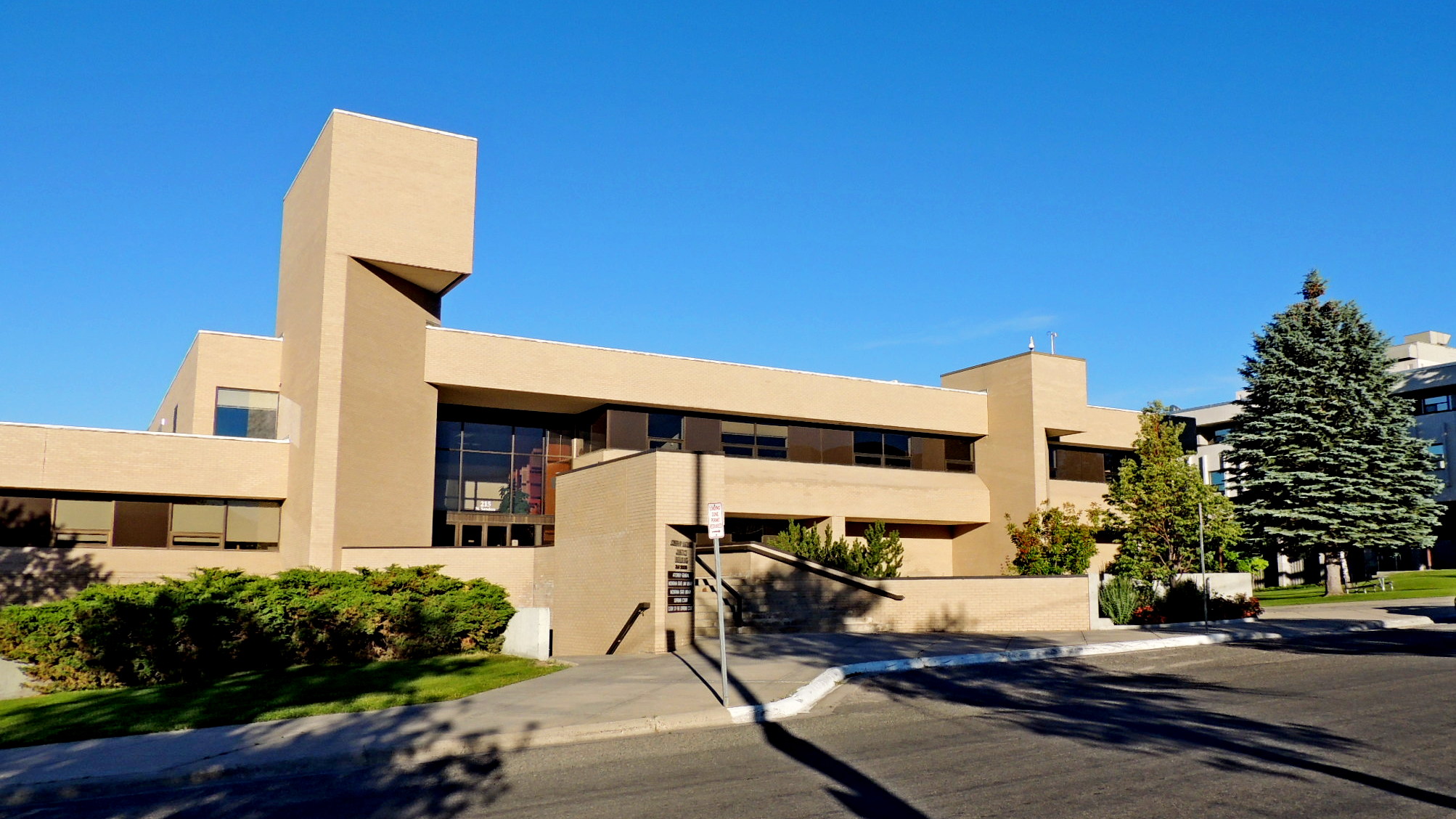
|
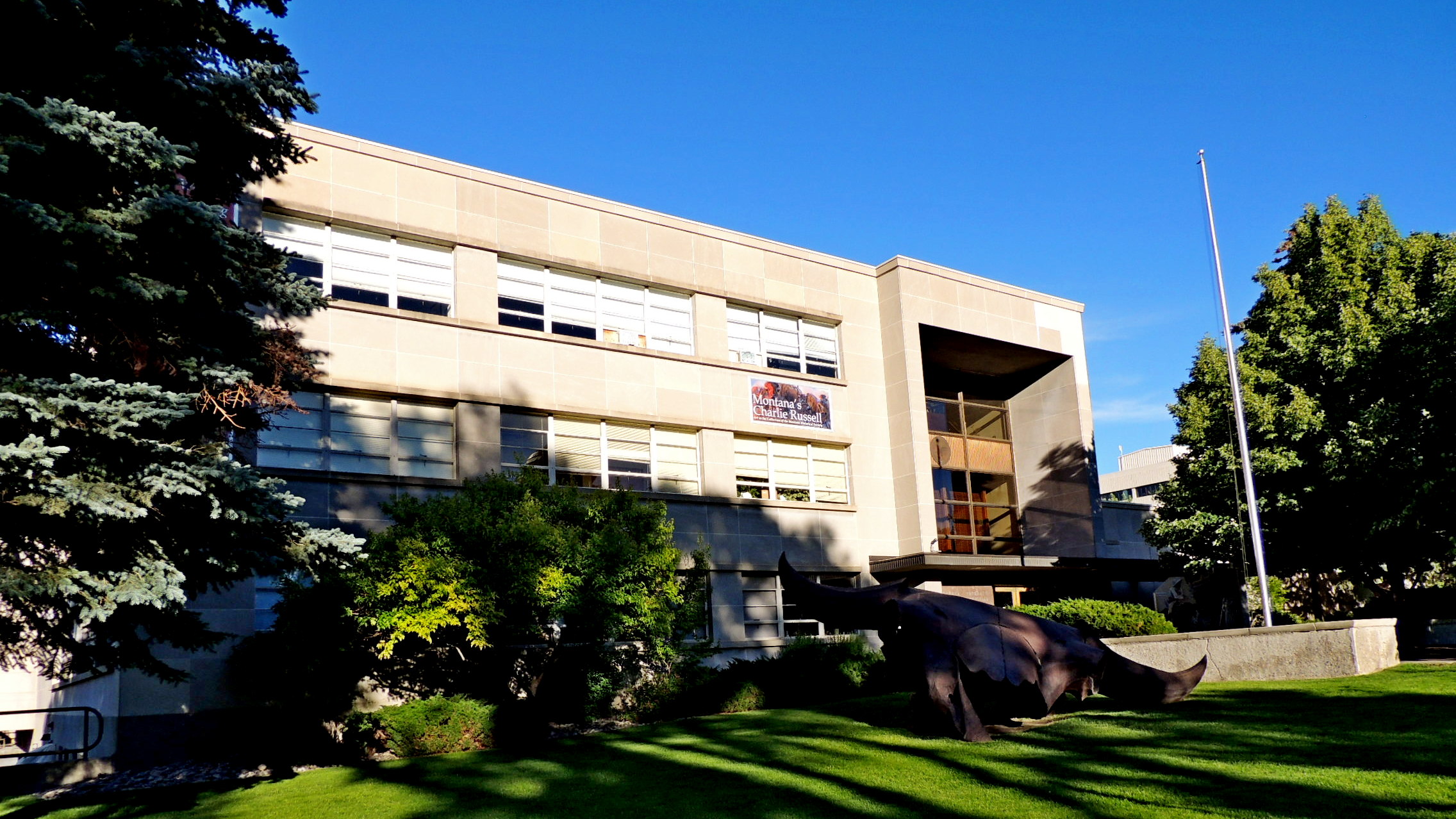
| |
Mazurek Justice Building |
Veterans & Pioneers Building |
Describe the area and history:
See above

|
Visit Instructions:
Please describe your visit- The good, the bad & the ugly. :)
|